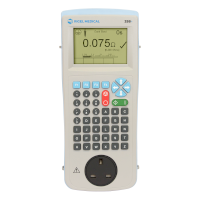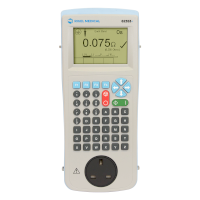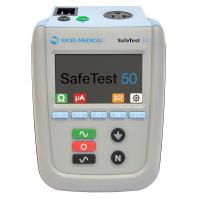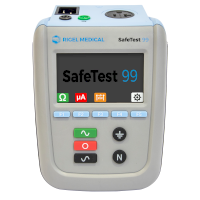According to IEC 60601, leakage current is any current that is not functional. Any current that flows from the intended circuit to earth, the chassis or other conductive parts is considered to be leakage current. It is unavoidable due to stray capacitive and resistive dielectrics but is considered non-hazardous if limits are within the IEC 60601 design criteria.
In a Class I Earth Leakage example below, leakage current travels down the earth path to ground within a medical device. In a standard TN system, current in the live wire carries both the functional current and leakage current, whereas the neutral wire contains only the functional current.

Earth leakage (IL) can be expressed as: I1 (L current) – I2 (N current)
All mains powered equipment is developed to ensure safe levels of leakage current are achieved. Earth and enclosure type leakage currents have limits that reflect the values associated with macro-shock. Medical electrical (ME) equipment is designed to have even higher degrees of isolation due to the introduction of patient applied parts and the risks associated with micro-electrocution (See: Microshock and Macroshock). Patient and user operator safety is crucial under both normal and single fault (NFC and SFC) conditions.
Leakage current measurements can also often be easily overlooked and subject to incorrect testing (See: Testing on TN and Non-TN Systems and Secondary Earth Paths).





















Sign up to our Newsletter.
Stay up to date with the latest industry and product news, as well as our free educational content such as webinars and our expert guides.
Close